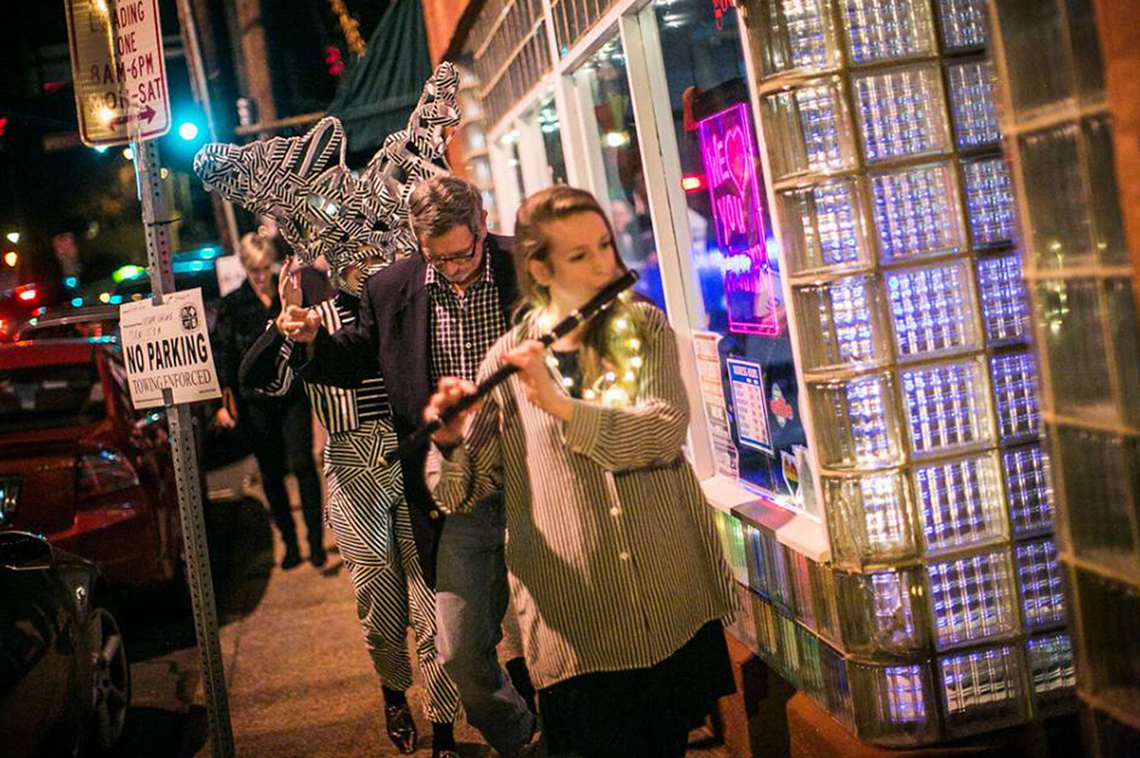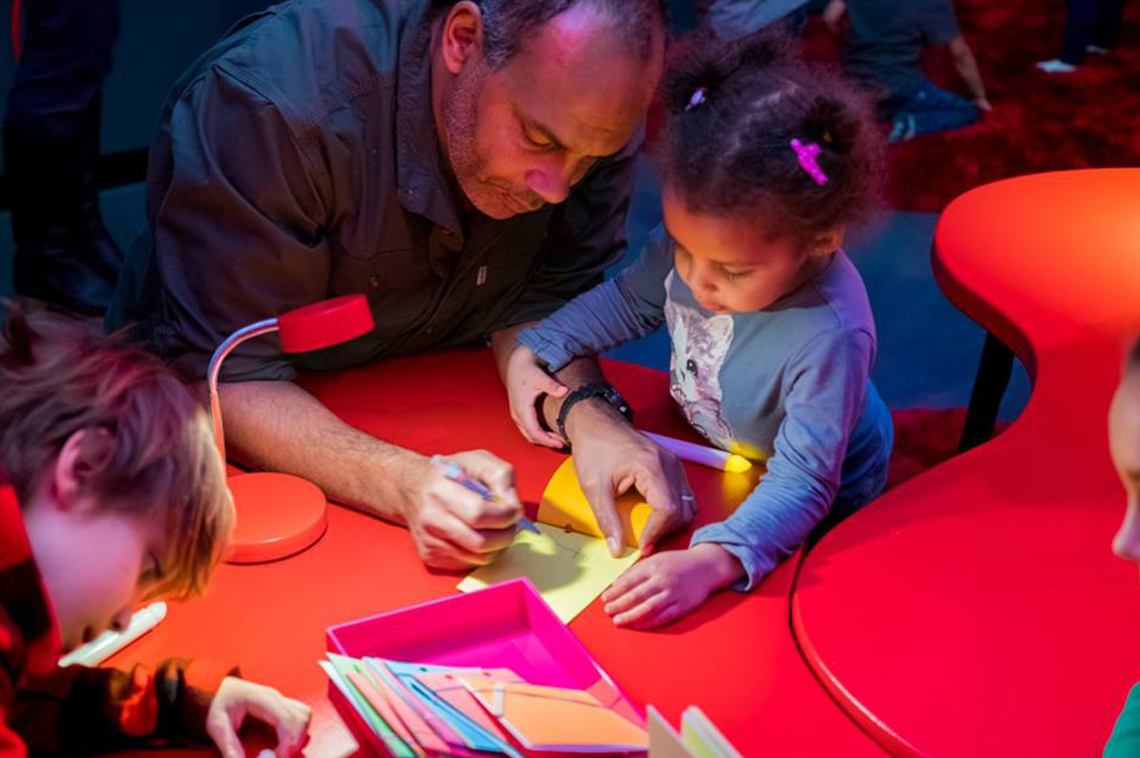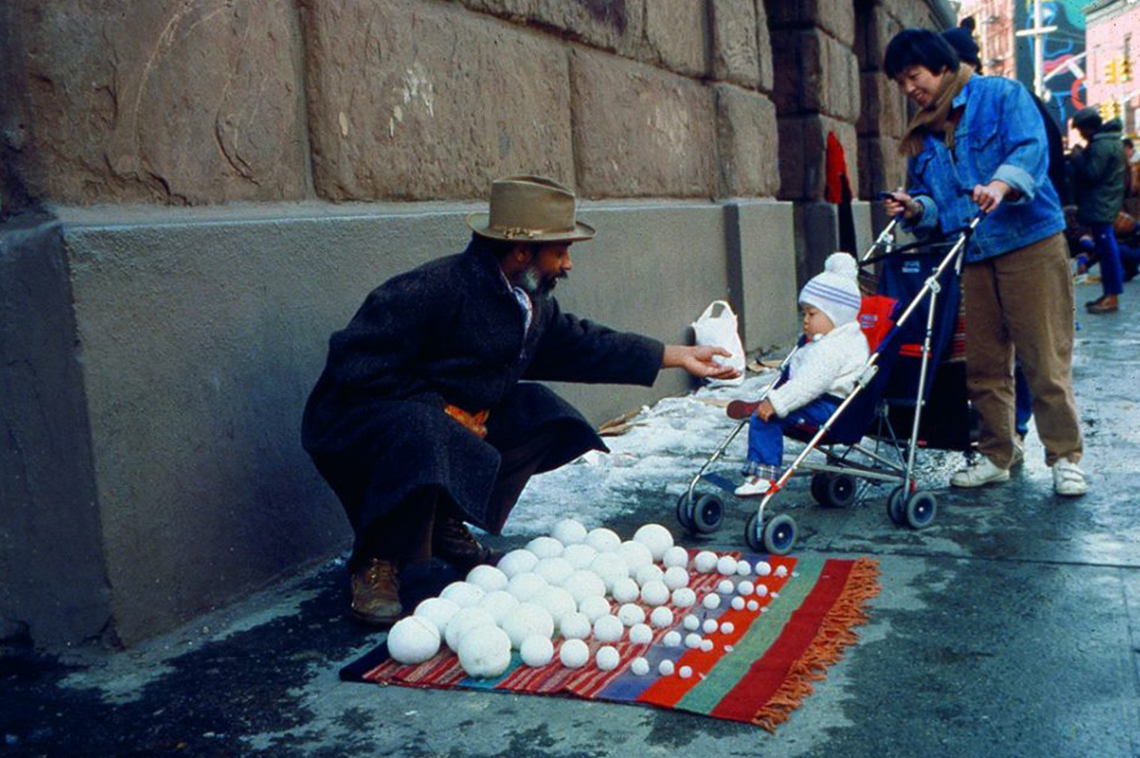


In the world of creative placemaking, we often find ourselves talking about housing in terms of “units.” Discussions frequently center around how many housing units a particular organization has built, or we may use the number of “units” available as a measure of success. But it’s important that our language doesn’t become distanced from the core of what we’re truly talking about: creating affordable homes for those who need them.
At last year’s ArtPlace Summit, we devoted one of our plenaries on Tuesday, May 16, 2017 to a discussion of shelter, housing and home. Our panel of three extraordinary organizers came together to speak about the way we think about those terms–“shelter” versus “home”–and to explore the different approaches they each take to the issue of homelessness in America.
In fact, it’s difficult to overstate just how serious the problem of homelessness is today. Ellen Baxter, founder and executive director of Broadway Housing Communities in New York City, began the discussion by providing some context from her decades-long career advocating for New York’s homeless population.
“Every night in New York City, 63,000 men, women and children live in the public emergency shelters. The majority of that 63,000 are women and children. More than 90% are people of color,” Ellen told us. “In my experience, it’s one of the most visible manifestations of contemporary racism and inequality.”
This social injustice, Ellen explained, is only exacerbated by the “inhumanity” of the city’s prison-like shelters where people have no choice but to find temporary housing. She was inspired to found the Broadway Housing Communities in 1983 to provide permanent affordable housing to those in need.
In 2015, the organization received funding from ArtPlace America to build the Sugar Hill Children’s Museum of Art & Storytelling inside its 191,000 square foot mixed-use building known as the Sugar Hill Project in Harlem. The museum offers access to the arts for the project’s young children and families to help support their creative development and foster self-expression. The Sugar Hill Project facility also features 124 affordable housing units, a community art gallery and the Sugar Hill Museum Preschool.
Just like in New York City, Charlotte, North Carolina also faces rampant housing inequity and homelessness. Nicole Caruth, artistic director at the McColl Center for Art + Innovation in Charlotte, explained how the nationally-acclaimed contemporary art center is actively working towards bridging the gaps between the city’s neighbors.
“McColl Center sits at the intersection of extreme wealth and extreme poverty,” Nicole said. “The city’s emergency shelters and homeless service providers are concentrated north of the city center, and then you have Bank of America and Wells Fargo’s headquarters, sports arenas, museums and luxury apartment buildings to the south of us. On one hand, Charlotte is celebrated as a progressive southern city. On the other hand, Charlotte ranks very low in terms of access to affordable housing.”
To combat this disparity, the McColl Center has devised a three-part program centered around the principal of neighborliness. The program was inspired by the social practice of a local artist and will eventually include an artist residency as one of its components.
“The first phase of the project is called ‘building our neighboring skills.’ Every person on staff has been asked to take a weekly walk within a quarter mile radius of the center and talk to someone they don’t know, remain open and curious and take a photo that represents their experience,” Nicole explained. “We’re learning a lot about the assumptions we’ve made about our neighborhood and the muscles that we need to build to be an organization that’s continually learning and is an active part of the community.”
As always, trust-building is key to grappling with our assumptions about people and place. Particularly, as Kaki Dimock, director of Human Services for the City of Charlottesville, Virginia and the former executive director of The Haven, pointed out, when building relationships with those who have been disenfranchised in our society.
Organizers at The Haven, a multi-resource day shelter for people facing homelessness in downtown Charlottesville, believe that trust is the bedrock to creating real movement and change when it comes to housing. The Haven’s Housing2Home initiative pairs artists with newly housed (formerly homeless) clients in an effort to create a more positive, comfortable home environment. But to be successful, everyone involved needs to be able to open up and connect.
“There’s this idea that somehow artists are distinct from homeless folks who are distinct from service providers who are distinct from the rest of us. That’s not true. Those are silos. We’re all experiencing this community together, so assuming that somebody’s in one box and not in the other box is problematic,” Kaki said.
The ongoing issues surrounding affordable housing in America are constantly evolving, but our speakers counseled persistence, trust and collaboration moving forward.
When the plenary’s moderator, Regina King, managing director of the Kresge Foundation’s Arts & Culture program, asked each of the three women to sum up their thoughts with a simple phrase, Kaki offered “Better together.” Nicole reminded us to “Know your neighbor.” And Ellen ended the plenary with a rallying cry: “Be persistent.”
-
Kayla Goggin is a freelance writer working for ArtPlace America. She can be reached at gogginkayla [at] yahoo.com.
-
Watch the full plenary below!





